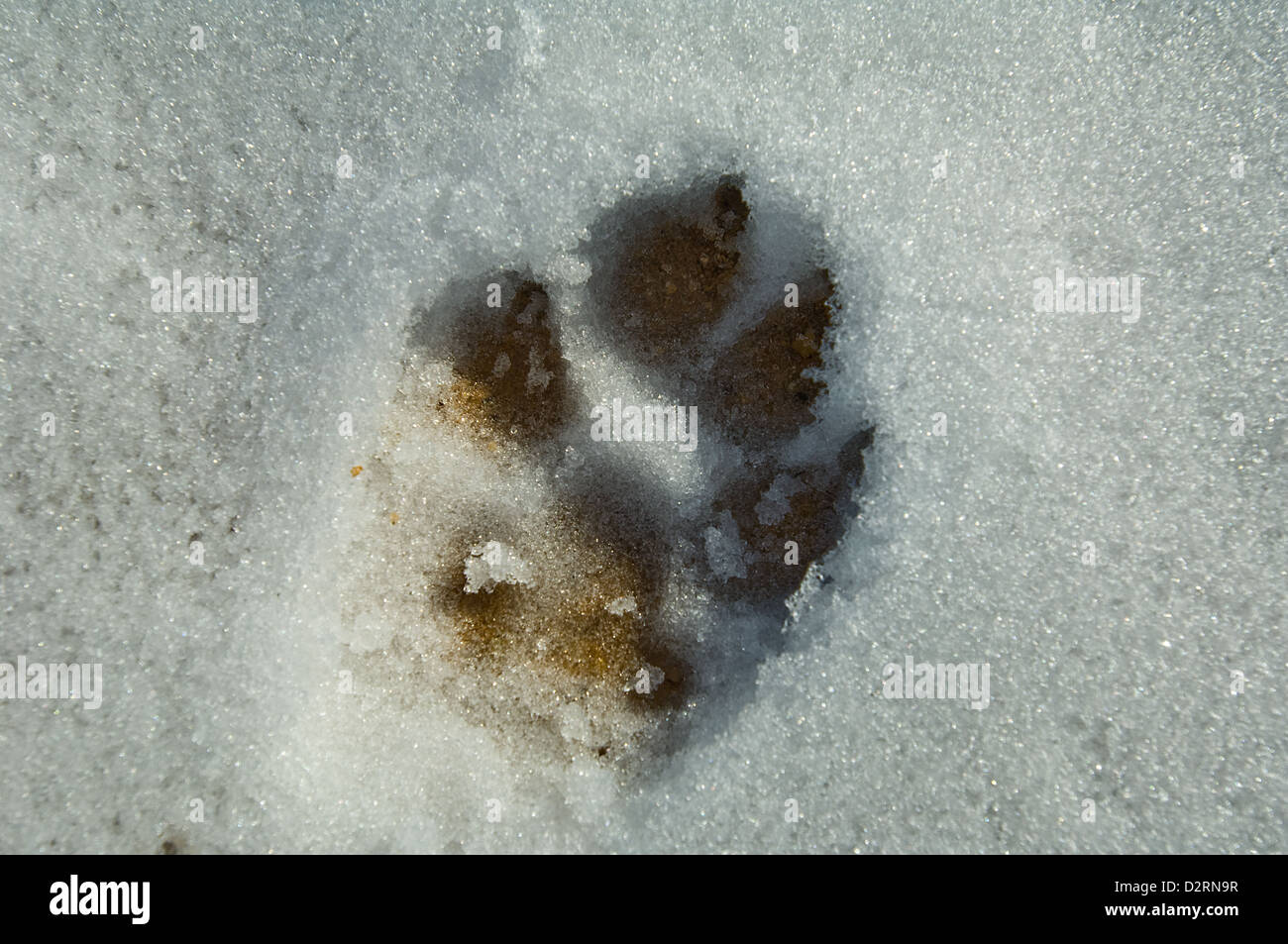


Tracks made by a bird "jumping" or hopping along the snow Rabbits If you are really lucky, you might find the mark of a hawk or owl that has crashed into the snow to catch a mouse, leaving behind the imprint of its body, outstretched wings and tail feathers. You can often see areas next to tracks where birds have searched beneath the snow for food with their beaks or feet. Some birds hop about the ground, such as a robin or a chickadee, while others walk, like a crow. They will often move along the ground looking for food. There are several birds that do not migrate south for the winter. If you are following turkey tracks and they suddenly disappear, it’s probably because the turkey flew up into a nearby tree. Wild turkeys used to be a rare sight in Ontario, but since their reintroduction, they are much more common, so finding their tracks is fairly easy. Their body heat melts the top of the snow where they were laying.ĭeer track showing points from the two "toes" Wild Turkey The deer curl up and leave behind the oval shapes. If you find they lead to a large round, slightly melted oval shape in the snow, you may have found their overnight sleeping area. If they are spread apart and going in one direction, the deer were traveling, or possibly running from something. Do the tracks meander around trees and shrubs? If so the deer may have been browsing for food. Once you find deer tracks, follow them to see if you can figure out what they were doing. The bigger the track, the bigger the deer. These are also evident if the deer is running. If the snow is deep or the tracks are very fresh, you will see the actual split between the front “toes” as well as two round tracks in the back, made from the dew claws. Even when they are melted or old, you can usually see a slight point in the front of the track. Oh Deer!ĭeer have a split hoof, so they make distinct tracks in the snow that are easy to identify. Their tracks tend to be streamlined in one direction, often perpendicular the trail, continuing well beyond the area of the trail and without any meandering.Ĭoyote track crossing the path right to left. They travel with purpose and meaning, with no time to wander back and forth. Adult coyotes aren’t guaranteed their daily dinner like dogs, so they conserve every ounce of energy they have.

If you find canine tracks going to and from the trail, up and down and back and forth, all while traveling the general direction of the trail, they are likely dog tracks. Our pet dogs get fed well, giving them energy to spare. The tracks of a large dog and a coyote can be very difficult to tell apart, but if you look at the path of the tracks, it’s much easier. Not sure what the snow might be telling you? Below are some pointers for tracking animals in the snow: Dog or Coyote?
#Coyote tracks in snow free
Most importantly it is a great way to stay active outdoors and it’s a free activity you can do with the whole family. Taking time to go tracking in the winter might change your perspective on the forest, the animals that live there, and maybe even winter itself. A few simple tips and you can start to see the story of how those animals spend their time. With fresh snow, you may still miss the actual animal, but you can see what they have been up to, and how recently, by looking for their tracks in the snow. In fact, if it wasn’t for the winter tracks in snow, I would start to think there wasn’t any wildlife in these forests at all! Wildlife like coyotes and deer are very stealthy and usually know you are coming and hide long before you get a chance to see them. I am not a fan of winter, but I do love the snow for one reason… wildlife tracking! The Frankie Flowers office is located in the middle of an urban forest and I also spend a lot of time in the Regional forests leading hikes or checking trails, but I hardly see any wildlife.


 0 kommentar(er)
0 kommentar(er)
